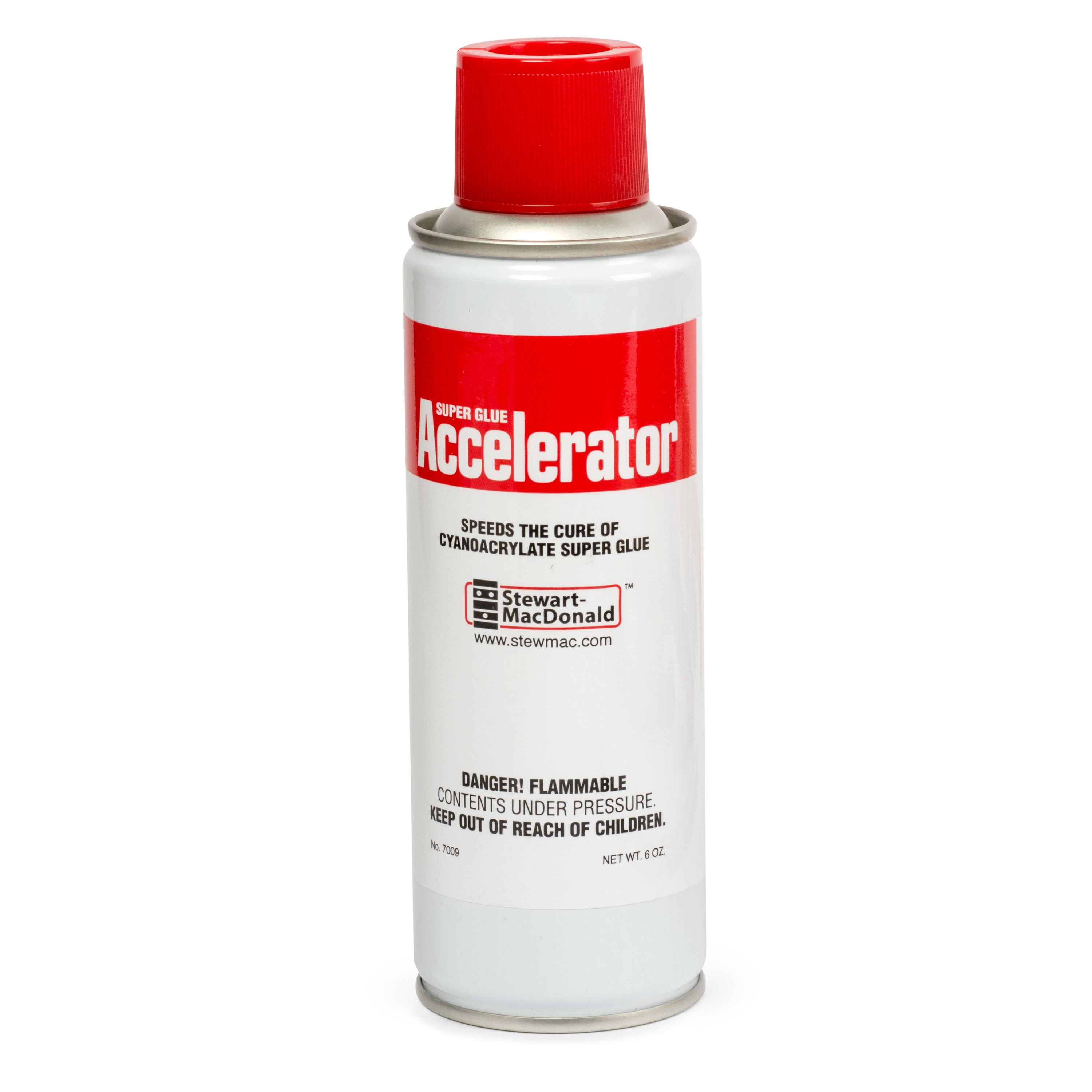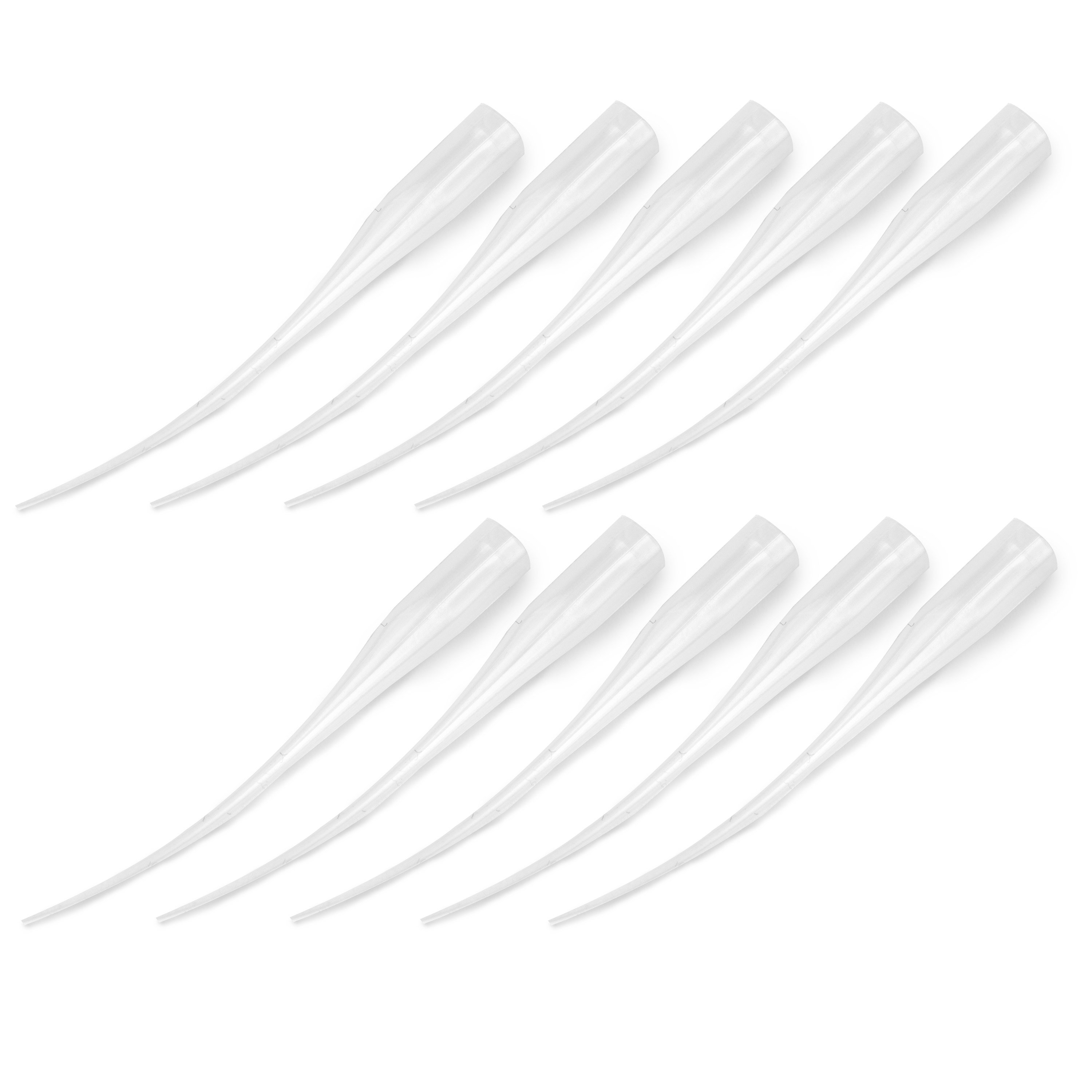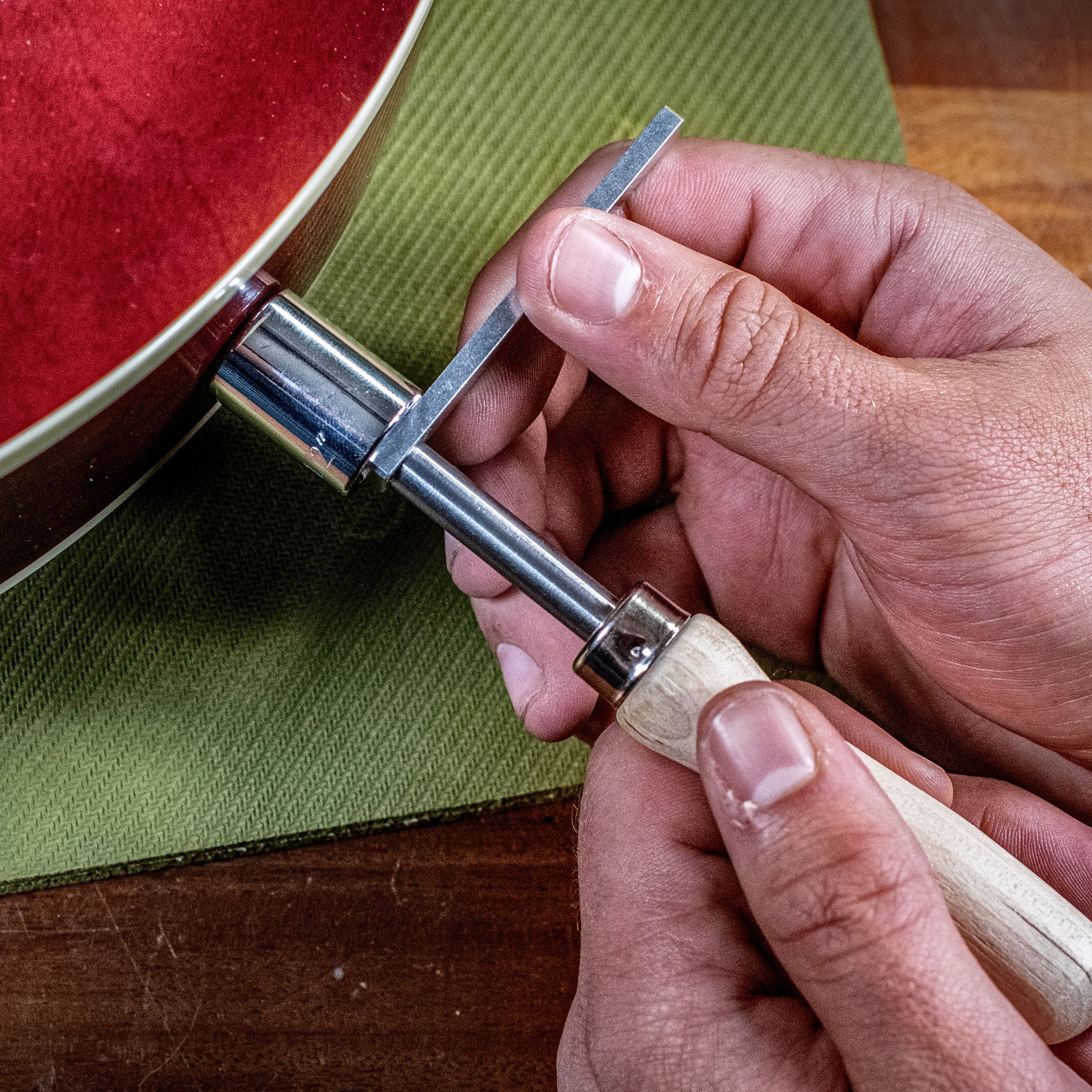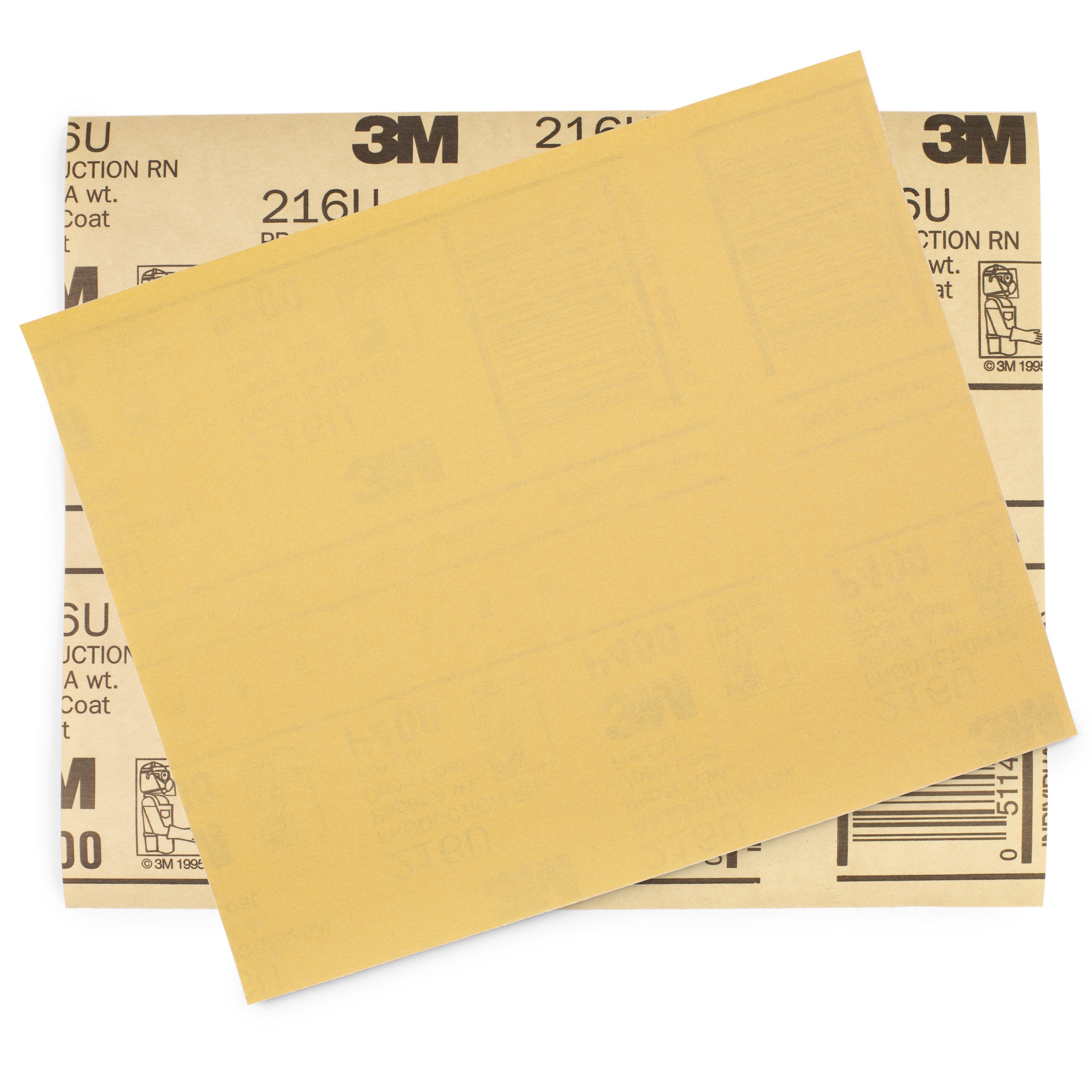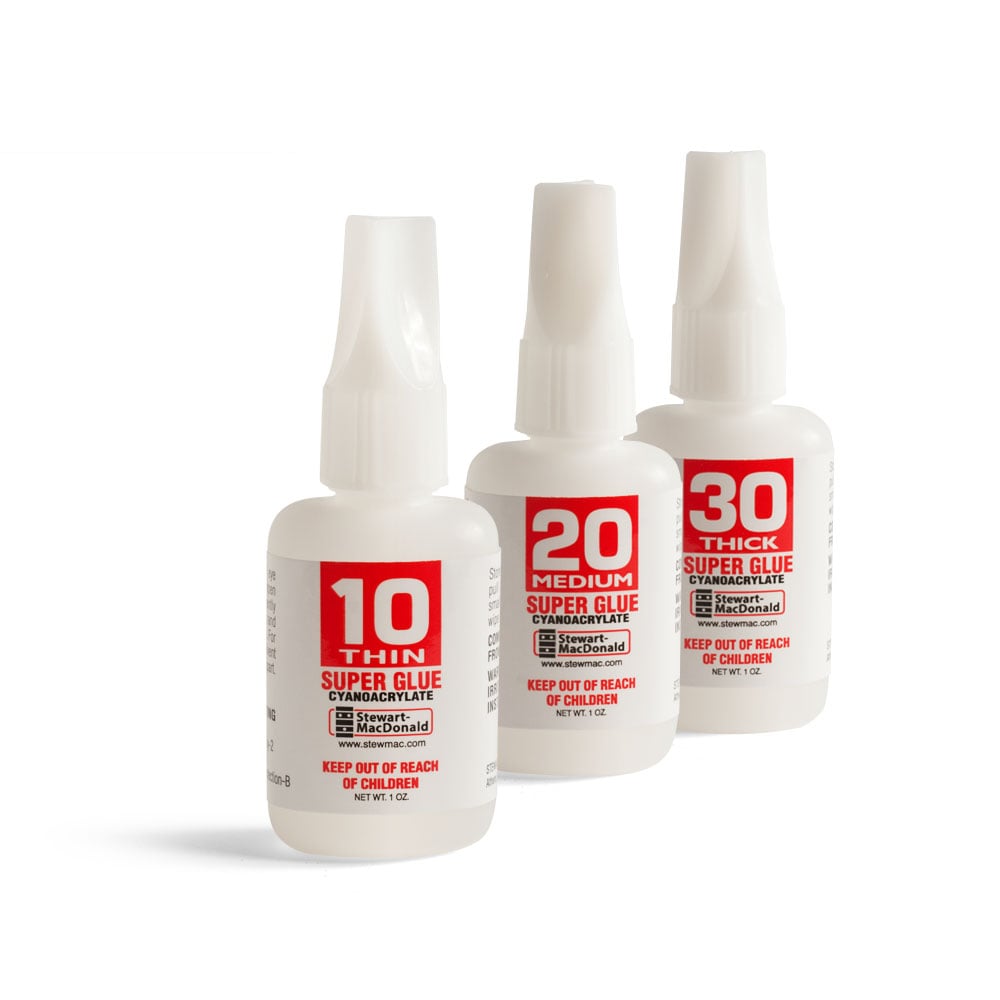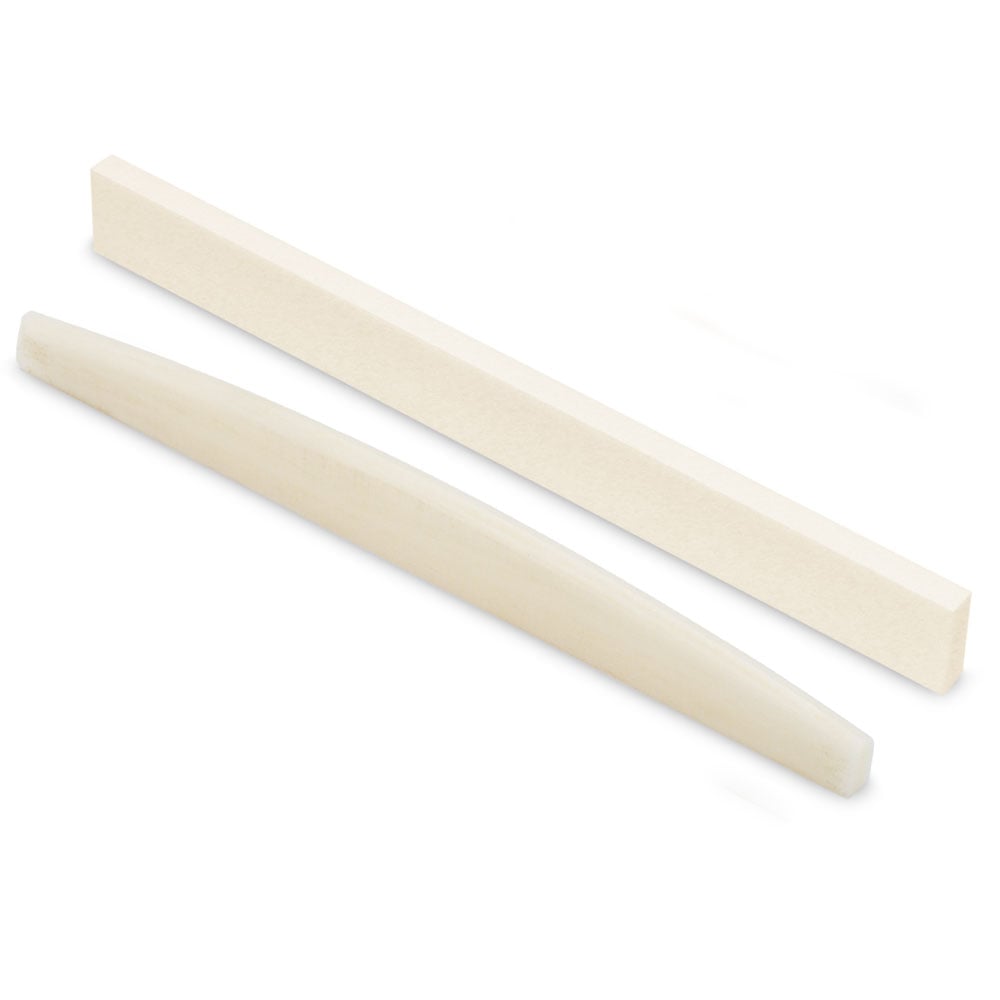Visiting Frank Ford, the King of Shop Tips!
Issue 204 November 21, 2013
Frank Ford is the man behind frets.com, one of the richest sources of lutherie tips to be found anywhere. He's a skilled luthier, machinist and inventor. Spend a few minutes in Frank's shop at Gryphon Instruments, and you'll come away smarter!
- Frank's setup for thickness-sanding acoustic bridge saddles
- How to use hot hide glue without a heated pot
- Brian Michael shares a tip from the benches at Taylor Guitars
- Frank's custom tools will make you want to be a machinist!
Video Transcription
Dan Erlewine: My brother Tom's the man behind the StewMac Trade Secrets video camera. Tom was out in Palo Alto, California last month visiting Frank Ford, mrfrets.com. Frank and his partner Richard Johnston, own Gryphon Stringed Instruments, killer music store and it's the place to be if you want to get a lot of good trade secrets. Frank started Tom out by introducing him to his right-hand man, Brian Michael.
Airbrush with super glue accellerator
Brian Michael: I'm Brian Michael and we are here at Gryphon Stringed Instruments, in the repair department where I came to work about 11 years ago now from Roberto-Venn School of Luthiery. Most of the guys back here actually attended there and we're going to show you some tips.
Here's one of my favorites. I learned this during one of my visits down to the Taylor Guitar Factory. Every bench down there, Taylor has one of these, a standard airbrush with Super Glue Accelerator and a pressure of about nine PSI. I'm going to use it to repair a crack on the side of this guitar here. I've got my side crack here in this guitar lined up the best I can. I'm going to apply a little bit of thin cyanoacrylate here with a Mini Pipette, which we just love using. Once I see it wick in there, I'm going to grab my Airbrush. I just give it a mist of the accelerant.
The reason I like using the accelerant in this form is if you don't use any accelerant, the super glue just dries on its own and you end up with a white residue around your repaired area. If you use the liquid, sometimes it boils or it cures too fast and you also end up with some undesired effects. The air brush just gives you a lot of control over how the glue cures and it allows you to keep building up layers as fast as you need to.
Frank Ford modded shop tools
I'm standing in the sanding station area here. We have some flat marble blocks for sanding the bottoms of saddles or nuts. We've got a couple power sanders of varying kinds. Some of these tools are completely stock, but a lot of them have been modded and I think the perfect guy to show you the mods is the guy who did them, and that's Frank.
Granite sanding table
Frank Ford: This is our little area where we make our nuts and saddles [on-screen text reads: Frank Ford, Gryphon's Co-Founder]. We have here some flat plates with sandpaper fixed to the top for flattening the backs of the saddles. I bought the cheapest grade of black granite surface plate from one of the machine shop supply companies. These are imported from China and they're quite inexpensive, but they're machined very flat. I've inlaid some neodymium magnets along the perimeter so that we can stick sandpaper down with a simple strip of steel over the top.
Then, I can take my saddle blank and flatten it with pretty good precision just by scrubbing it back and forth. We have about a hundred grit for the coarsest one here and then as I move up the grits, I go 180, 220, and then finally 280 to get a final finish if I want to have a nice finished job on my saddle blank.
1971 belt sander
This is a classic little one by 42 inch belt sander that I bought new on a whim in 1971. It's turned out to be the single most used power tool I've ever owned. Currently, I have it set up with a one and a half horsepower DC motor and a variable speed configuration so I can start out at a really low speed and I can really crank it up if I want to.
It's a very safe and comfortable tool to use to work with small patches and little things if we're making little parts for guitars. But the main thing that this one really does to pay its way around here is in making nuts and saddles. I made this little adjustable table. It's a steel plate that sits under the rotating belt and it's adjustable with a little simple crank at one end. By trial and error, I set the position of the table so that it raises or lowers exactly 10 thousandths of an inch per revolution, so it makes it easy for me to change the thickness of a saddle by passing it right underneath.
Push sticks for safety
Any power tool is potentially dangerous, but this little guy is exceptionally so. That lower wheel is rotating so that it wants to just grab your finger and take it right underneath and snip your finger right off. You saw me use these little push sticks to avoid getting caught underneath there. I didn't have my hands anywhere near where it could be taken under that lower wheel. As a matter of fact, we make these things by the dozen every so often because every so often one of these things gets caught and shot against the wall.
A slowed down belt sander
This old timer is the classic six by 48 stationary belt sander. I've slowed the speed down with a great big drive pulley here, and it runs at about 400 feet per minute instead of the usual 2,500. You can even hear and see the difference when I turn it on compared to the normal sander. At this slow speed, the sanding dust doesn't spin out across the room, but in fact lands underneath in a pile under the table.
Refrigerator and microwave for hide glue
We use a fair bit of Hide Glue around here, particularly if we're working on old timers like this 19th century Martin here in front of me. We don't use a glue pot and we avoid having the glue degrade by cooking all day by keeping it in the refrigerator made up. We'll put a little container in the microwave for about 15 seconds to melt it, then use some hot water along with it. I've preheated the water in the microwave, so it's just below boiling. I'm going to give my refrigerated hide glue a quick little blast to melt it, and I'll drop that into the hot water to take back to my bench for use. The hot water in the beaker keeps the glue nice and melty so I can just spread some right on the job and there's no chance of contamination the way there would be if it was under heat all day long. I throw away the hot sauce cup and I throw away the acid brush after it's over, so I have almost no cleanup to do.
Jack the gripper
In the last decade, I've gotten really deep into metal working and machining at home in what would ordinarily be spare time for most folks. One of the things I do is I actually manufacture this little product. It's Jack The Gripper that you may have seen in the catalog.
Waverly tuner bushing press
I also like to make stuff just for myself. This is a little tool for aligning and pressing in the Waverly tuner bushings. It's very precise and fits only that one bushing.
Waverly string crank
This is a string crank that I use specifically for Waverlys. It fits the butter bean button precisely, and it has a little angle to it so that I can mimic the wrist action as I turn.

